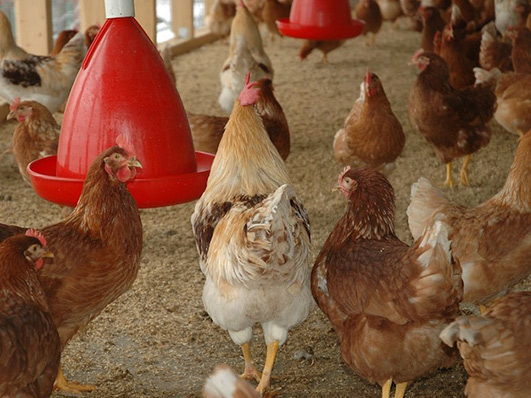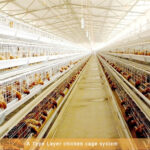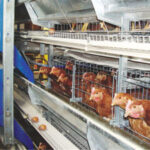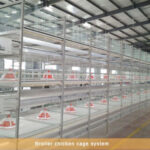Laying hens winter brooding precautions
If the temperature is too low during winter brooding, the chicks are susceptible to cold and cause diarrhea or respiratory diseases. In order to squeeze and warm each other, the chicks are prone to cause crowding, affecting feeding and activities, causing disability, and causing a large number of deaths in severe cases. Therefore, the following points should be noted in winter brooding:
First, master the appropriate temperature, the temperature must be stable, can not be high and low, winter brooding must be fully enclosed management, to avoid the flow of workers and equipment between the chicken house, before the chicken enters the field to ensure that the temperature of the house rises to 35 ° C Left and right, we must carefully observe the behavior of the chicken and understand the hot and cold performance of the chicken. After the age of the chicken increases, the temperature in the house will drop steadily, and the temperature will be lowered by about 2 °C to 3 °C every week until the chick feathers are replaced by young feathers. After that, the temperature can be lowered to about 18 °C in Poultry Equipment for Sale.
Second, the de-warming should be carried out step by step, from the chick house to the middle of the chicken house should be done warming work. De-warming should be carried out gradually, taking care not to cause drastic changes in the ambient temperature. The period of dewarming is often the period when chicks begin to moult. In addition to paying attention to increasing nutrition and vitamin supplements, if the technique of dehydration is improper, it will cause food stagnation, indigestion, developmental hindrance, and serious deaths.

Third, pay attention to observation, prevent getting together, especially in the early winter season, pay attention to observe the hot and cold conditions of the flock and prevent it from getting together. The piles are the phenomenon that the chicks are closely piled together due to the cold. When the piles are piled up, the chicks cannot be discharged due to normal metabolic heat production. The piles of the chicks are easily overheated and too wet, and the pile lacks air, which makes the chicks sweat, catch cold and breathe hard. Even fainting, severe cases will die in large numbers. It is necessary to promptly disperse the chicks when they get together in layers battery cage system.
Fourth, the combination of heat preservation and ventilation, under the premise of sufficient oxygen in the house and no air pollution, try to keep the temperature inside the house within the optimum temperature range of the chick, and ensure the uniformity of the temperature before, during and after the house. The magnitude of the temperature change is minimized. Under the premise of keeping the air in the house fresh and supplying the minimum ventilation, the air volume should be reduced as much as possible, and the heat loss in the house should be reduced.










